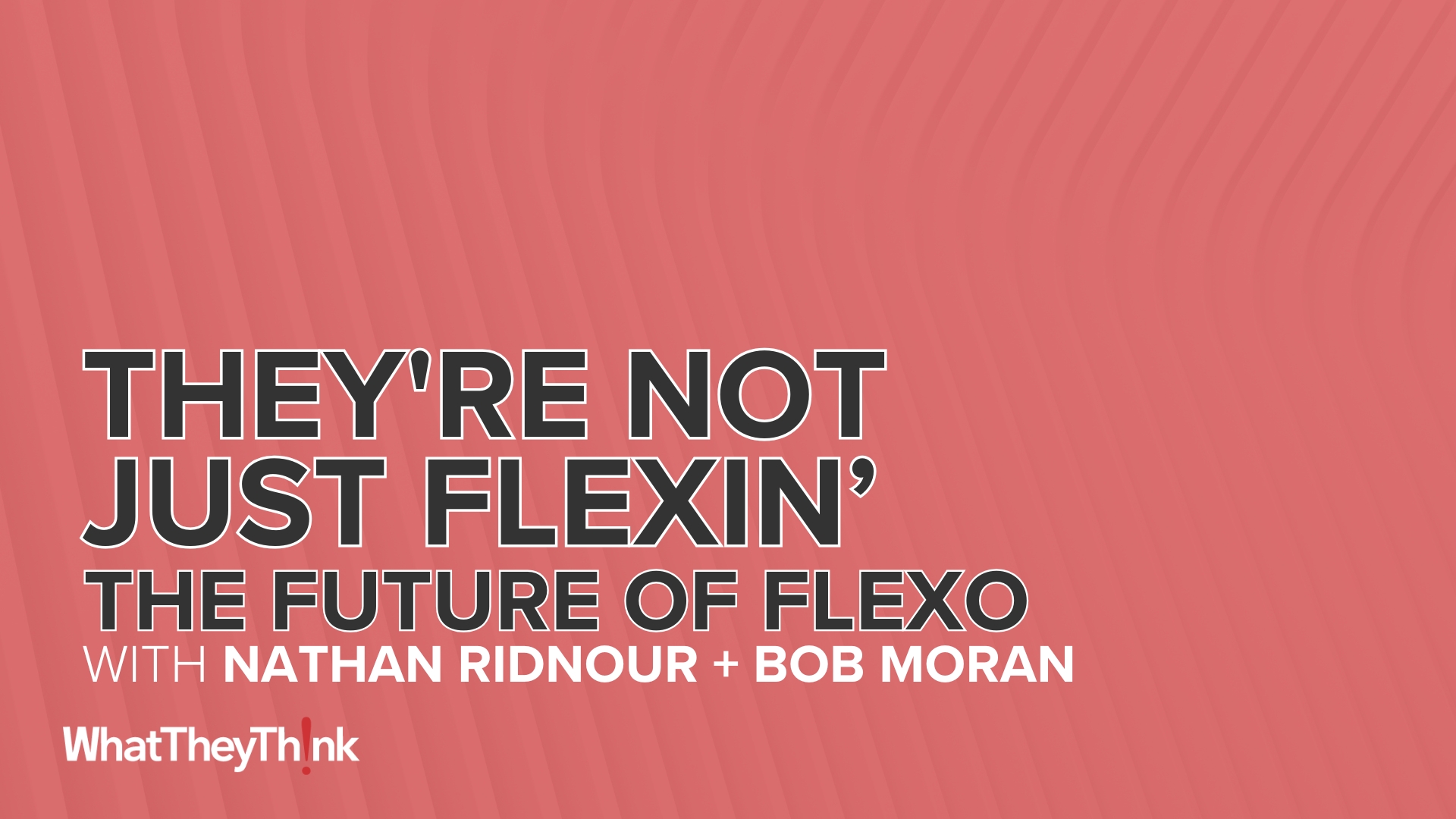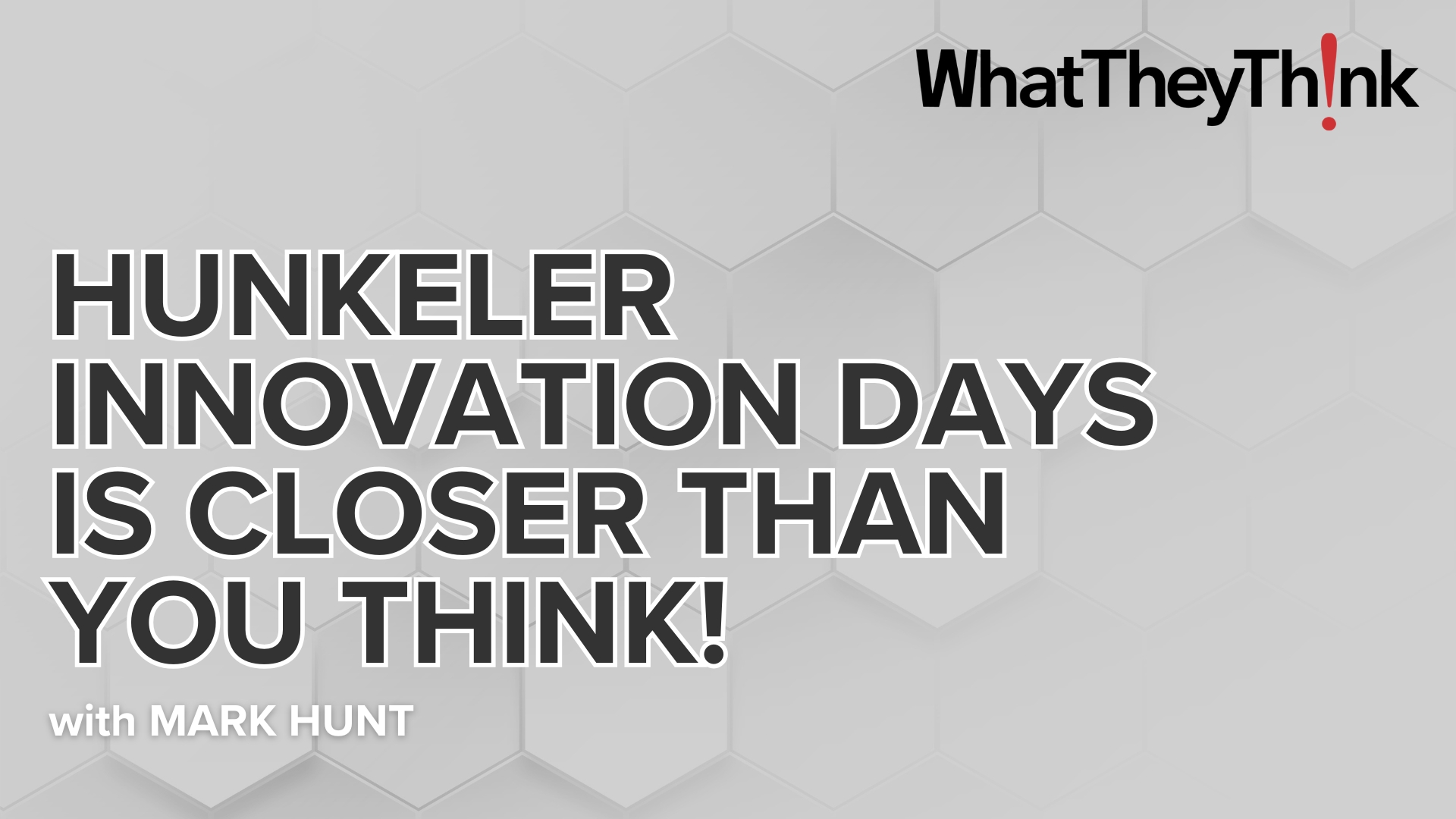 For years, people have been predicting the demise of print – beginning with the dot com boom of the early 2000s and the beginning of the digital age. The industry’s fate, said experts, was all but sealed thanks to the Internet. For distinct segments like printed newspapers, this prediction came true. The Internet and social media has transformed the news landscape in previously unimaginable ways – shifting consumer behaviour away from single paid to multiple often free and certainly freely available news sources.
For years, people have been predicting the demise of print – beginning with the dot com boom of the early 2000s and the beginning of the digital age. The industry’s fate, said experts, was all but sealed thanks to the Internet. For distinct segments like printed newspapers, this prediction came true. The Internet and social media has transformed the news landscape in previously unimaginable ways – shifting consumer behaviour away from single paid to multiple often free and certainly freely available news sources.
Yet despite expectations that the same demise would afflict the entire print industry (based on a belief that print and digital is a zero sum game) – here we are in 2016, entering what some are calling the ‘fourth industrial revolution,’ and print is as powerful as ever. In fact, the print industry’s so-called ‘kryptonite’ – the world wide web and digital – has in many ways proved its saviour, resurrecting and innovating the sector by opening vast new opportunities.
The digital era (The term digital throughout this piece pertains to electronic, not to the digital printing method.) has connected the world in profound and varied ways, and this connectivity is extremely powerful, enabling diverse audiences to come together with speed and flexibility across any geography at very low cost. But what is also clear is that there are some fundamental disadvantages. Digital by its very nature lacks tangible connectivity. It lacks the traditional and enduring qualities provided by print; the ability to touch, feel, and even smell.
Arguably, this goes some way to explaining the continuing endurance of the print industry. Although, certain print segments may be struggling, Smithers Pira estimates the global printing output for 2015 is $870 billion and is forecast to reach $980 billion by 2018. There are a number of reasons for this. Global industry growth is predicted at 2% per year from now until 2020, driven by progress in package printing, continued growth in emerging economies, and the added-value opportunities associated with digital print.
Physical products resonate with people in a way that digital media cannot. Apparel decorated with a company or charity logo builds identification and affiliation in a way that most social networking sites never will. Business cards feel substantial in a way that Bump cannot replicate. For many, the joy of a new born baby merits being shared via a physical birth announcement. Flyers, brochures and postcards are substantial, not fleeting like an electronic image.
The enduring properties and popularity of print can be seen in relation to books. The emergence of eBooks would, it is felt by many, deal a fatal blow to traditional books. And why not? When seemingly the entire population spends their free time buried in their smartphones, sitting at their laptops, or engaging with technology in other ways, this prediction was quite logical. But the reality has been different. Following an initial surge, 2015 saw a fall in eBook sales.
The same can be said for the humble business card. In an era where global consumers find out about local businesses through their devices, search for goods online, and ‘meet’ people via email, you might assume the business card might have had its day. But this couldn’t be further from the truth. The act of handing out a card means a personal and tangible connection has occurred. It builds trust. It is capable of conveying a personality and identity that cannot be matched by a Google search or a corporate website. This is just one example of many.
That isn’t to say digital hasn’t been beneficial. In fact, some feel that digital and print are perfect partners. When print is combined with digital via cross-media or multi-channel marketing, the results are powerful.
Perhaps that’s why Harvard Business School produced a report last year called “Why the Print Catalogue is Back in Style” illustrating that retailers still find printed catalogues to be an effective tool in their cross-media marketing mix.
The customization aspect of print however, is obviously very important too: customers have already come to expect customization in so many areas of their lives. Social media and the Internet has resulted in a “me” economy, founded on the expectation that everything should be highly personalized and unique. There is consequently a growing demand from customers for purchases that are entirely unique and made specifically for them.
The digital revolution has both driven the personalisation trend and given us the tools to respond to it through mass customization. Digital software and technology, aligned to state-of-the-art manufacturing, is making mass customization a reality. Customers are enabled to make an impression with customized, physical products with the speed and personalization that people have come to expect from today’s digital world. This reality is already transforming the nature of the print market.
From stadium wrap-around banners, to small family mementos and individual garments, the choice of design, raw materials, size, and creative applications is being transferred from traditional manufacturers to the fingertips of customers worldwide. At Cimpress, we are witnessing it first-hand. Last year alone, we produced 46 million uniquely designed items; that’s 90,000 individualised orders every single day. It might be an order as small as a single unit – one banner, one pen, one t-shirt, one sign, one notebook – but with personalized content and a product specification that is completely unique to its owner.
Although the advent of digital has clearly had a disruptive effect on the print industry, to paraphrase Mark Twain, the reports of its death have been much exaggerated. Rather, the intersection of digital and print has created unprecedented opportunities and is driving the rebirth of print.















Discussion
By Jennifer Matt on Oct 26, 2016
Ashley,
Enjoyed reading your article. I think the most important factor for WhatTheyThink readers (printers and vendors) is that print is never going back to the way it was. Never.
It will never be the dominate communication method that it was for decades. It will have to work and play well with its digital alternatives (as you said). When it does work and play well with digital communication options - it makes both methods more powerful.
My issue with "print isn't going away" is that it keeps the laggards (folks who have not evolved yet) another reason to "wait and see". Every single print provider in the world needs to reinvent themselves according to our current reality. Customers have a powerful computer with GPS, telecommunications, and global connectivity in their POCKETS. The strategy of your print business has to take that into consideration. Makes you really understand why marketing brochures might not be a product to count on moving forward!
Cimpress and Vistaprint are knee deep in what the industry has to evolve into: online first/self-service as the customer's dominate preference, mass-customization, open APIs, etc.
Print is not going away, but print is being redefined - it has to be smarter, more connected, more personalized, and printers have to dive deeper into the challenges their customers are trying to solve so they can see where print fits and where print can play well with digital communication options.
Jen
By Ashley Hubka on Oct 31, 2016
Jen - I agree with you that print will never be the same and also that the idea that "print isn't going away" could provide a reason to delay in adapting to a more intertwined print + digital world. The way I see it, and what Cimpress is seeking to provide, is a range of options for printers and vendors to move toward and participate in that world. For example, some printers will move online on their own, e.g., by building their own online shop. Others will leverage third party vendor web-to-print solutions or platform-provided plug in tools for merchandising, designing and selling print online. On the fulfillment side, some traditional printers will successfully, independently expand their customer base, while others will join platform-led ecosystems to access new markets (customers, geographies). In sum, from my point of view, all printers and vendors need to evolve, but there are more and more options, including partnership and coopetition, to succeed in the new future of print.
By Robert Godwin on Nov 03, 2016
Ashley,
Refreshing article on the impact of digital technology on print communications. To wit, “…has connected the world in profound and varied ways, and this connectivity is extremely powerful, enabling diverse audiences to come together with speed and flexibility across any geography at very low cost.“ This statement represents a comprehensive understanding of all things print-based in these ‘modern times’.
I would expand the positive impact further in regard to benefits in workflow. You do mention W2P selling as an important sales channel for printers. It extends throughout the manufacturing process as well. Personalization through data mining, increased relevancy/timeliness as well as reducing inventory and distribution needs. Remote equipment maintenance, color control solutions, intelligent routing of jobs to digital output devices on a global platform, have all increased the value for printed product, along with the ability to make these products so much more easily accessible.
Some of the resistance within our own industry is that some of the mystique of craftsmanship has been eclipsed by software craftsmanship: same knowledge base, but distributed and extensible as a digital technology. Printers who sold solely on ‘black box magic ‘and special knowledge were the first to shutter their businesses. Augmented reality as used for training and equipment repair help lower labor costs. These factors make powerful printed pieces more affordable. Craftsmanship is still present, but is deployed through smart technology integration.
Robert